Heling Zhang
Interaction-aware Conformal Prediction for Crowd Navigation
Feb 10, 2025Abstract:During crowd navigation, robot motion plan needs to consider human motion uncertainty, and the human motion uncertainty is dependent on the robot motion plan. We introduce Interaction-aware Conformal Prediction (ICP) to alternate uncertainty-aware robot motion planning and decision-dependent human motion uncertainty quantification. ICP is composed of a trajectory predictor to predict human trajectories, a model predictive controller to plan robot motion with confidence interval radii added for probabilistic safety, a human simulator to collect human trajectory calibration dataset conditioned on the planned robot motion, and a conformal prediction module to quantify trajectory prediction error on the decision-dependent calibration dataset. Crowd navigation simulation experiments show that ICP strikes a good balance of performance among navigation efficiency, social awareness, and uncertainty quantification compared to previous works. ICP generalizes well to navigation tasks under various crowd densities. The fast runtime and efficient memory usage make ICP practical for real-world applications. Code is available at https://github.com/tedhuang96/icp.
Channel Correlation Matrix Extrapolation Based on Roughness Calibration of Scatterers
Sep 17, 2024Abstract:To estimate the channel correlation matrix (CCM) in areas where channel information cannot be collected in advance, this paper proposes a way to spatially extrapolate CCM based on the calibration of the surface roughness parameters of scatterers in the propagation scene. We calibrate the roughness parameters of scene scatters based on CCM data in some specific areas. From these calibrated roughness parameters, we are able to generate a good prediction of the CCM for any other area in the scene by performing ray tracing. Simulation results show that the channel extrapolation method proposed in this paper can effectively realize the extrapolation of the CCM between different areas in frequency domain, or even from one domain to another.
Bridge the Performance Gap in Peak-hour Series Forecasting: The Seq2Peak Framework
Jul 04, 2023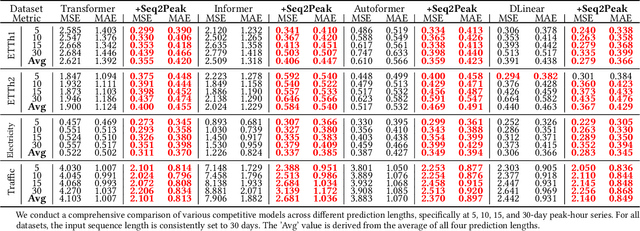

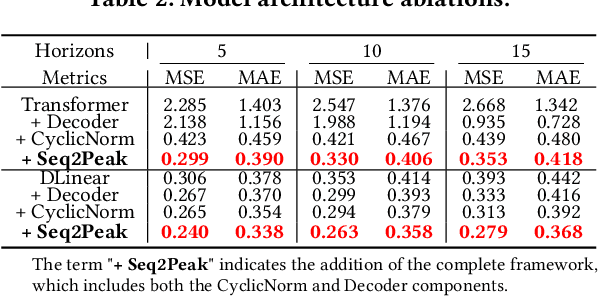
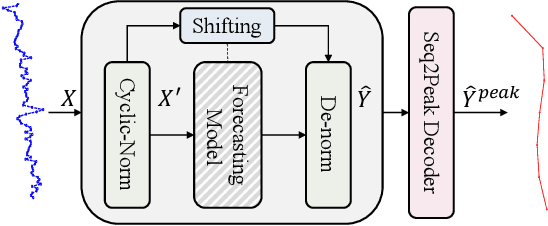
Abstract:Peak-Hour Series Forecasting (PHSF) is a crucial yet underexplored task in various domains. While state-of-the-art deep learning models excel in regular Time Series Forecasting (TSF), they struggle to achieve comparable results in PHSF. This can be attributed to the challenges posed by the high degree of non-stationarity in peak-hour series, which makes direct forecasting more difficult than standard TSF. Additionally, manually extracting the maximum value from regular forecasting results leads to suboptimal performance due to models minimizing the mean deficit. To address these issues, this paper presents Seq2Peak, a novel framework designed specifically for PHSF tasks, bridging the performance gap observed in TSF models. Seq2Peak offers two key components: the CyclicNorm pipeline to mitigate the non-stationarity issue, and a simple yet effective trainable-parameter-free peak-hour decoder with a hybrid loss function that utilizes both the original series and peak-hour series as supervised signals. Extensive experimentation on publicly available time series datasets demonstrates the effectiveness of the proposed framework, yielding a remarkable average relative improvement of 37.7\% across four real-world datasets for both transformer- and non-transformer-based TSF models.
BiTe-GCN: A New GCN Architecture via BidirectionalConvolution of Topology and Features on Text-Rich Networks
Oct 23, 2020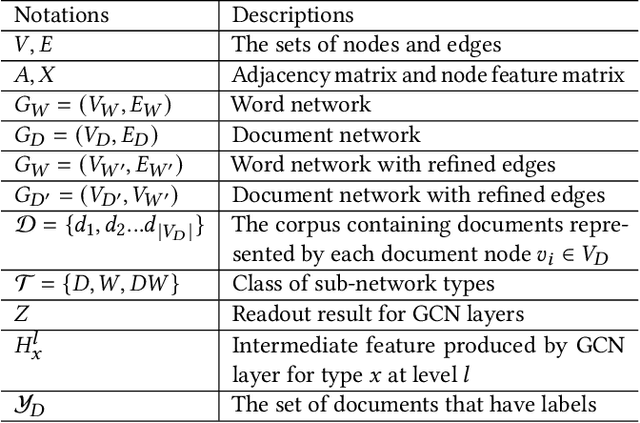
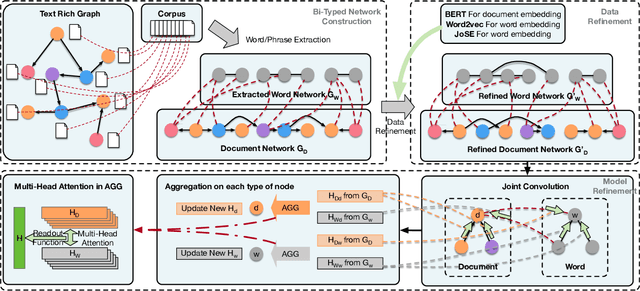
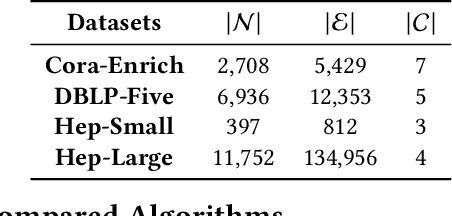
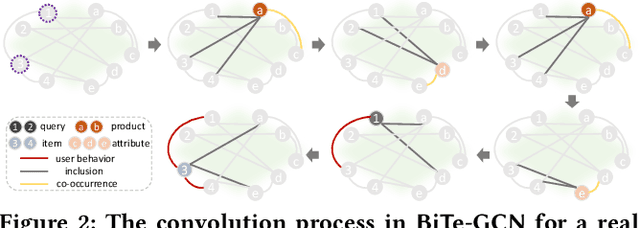
Abstract:Graph convolutional networks (GCNs), aiming to integrate high-order neighborhood information through stacked graph convolution layers, have demonstrated remarkable power in many network analysis tasks. However, topological limitations, including over-smoothing and local topology homophily, limit its capability to represent networks. Existing studies only perform feature convolution on network topology, which inevitably introduces unbalance between topology and features. Considering that in real world, the information network consists of not only the node-level citation information but also the local text-sequence information. We propose BiTe-GCN, a novel GCN architecture with bidirectional convolution of both topology and features on text-rich networks to solve these limitations. We first transform the original text-rich network into an augmented bi-typed heterogeneous network, capturing both the global node-level information and the local text-sequence information from texts. We then introduce discriminative convolution mechanisms to performs convolutions of both topology and features simultaneously. Extensive experiments on text-rich networks demonstrate that our new architecture outperforms state-of-the-art by a breakout improvement. Moreover, this architecture can also be applied to several e-commerce searching scenes such as JD\ searching. The experiments on the JD dataset validate the superiority of the proposed architecture over the related methods.
Learning to Communicate: A Machine Learning Framework for Heterogeneous Multi-Agent Robotic Systems
Dec 13, 2018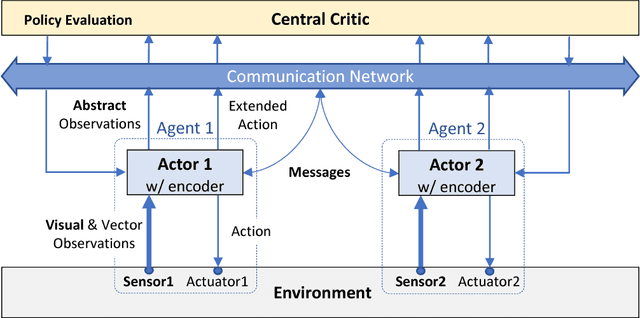
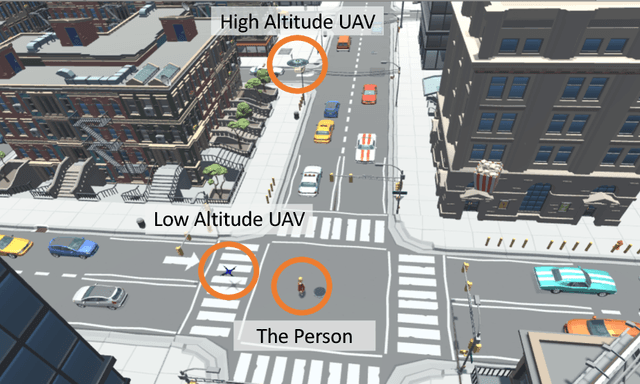
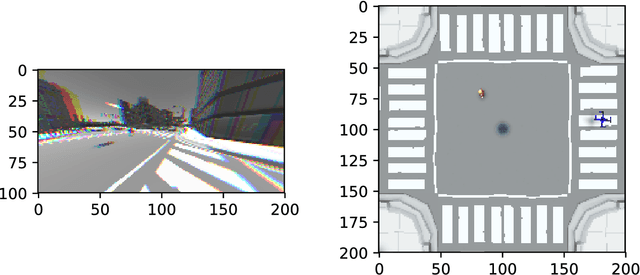
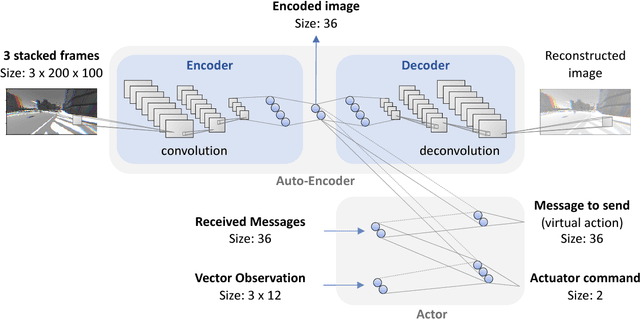
Abstract:We present a machine learning framework for multi-agent systems to learn both the optimal policy for maximizing the rewards and the encoding of the high dimensional visual observation. The encoding is useful for sharing local visual observations with other agents under communication resource constraints. The actor-encoder encodes the raw images and chooses an action based on local observations and messages sent by the other agents. The machine learning agent generates not only an actuator command to the physical device, but also a communication message to the other agents. We formulate a reinforcement learning problem, which extends the action space to consider the communication action as well. The feasibility of the reinforcement learning framework is demonstrated using a 3D simulation environment with two collaborating agents. The environment provides realistic visual observations to be used and shared between the two agents.
 Add to Chrome
Add to Chrome Add to Firefox
Add to Firefox Add to Edge
Add to Edge